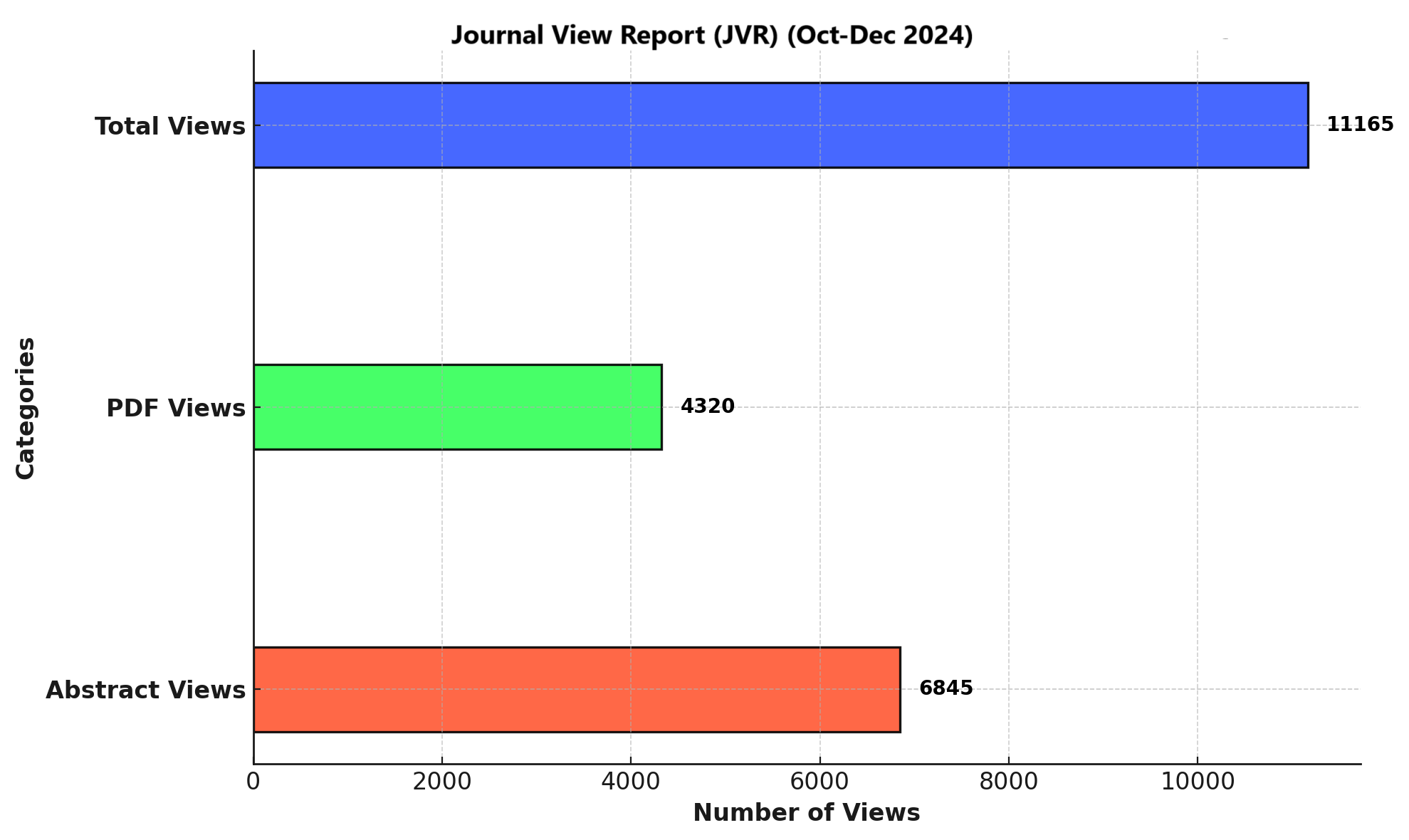EVALUATION OF INSECTICIDAL POTENTIAL OF SILVER NANOPARTICLES SYNTHESIZED BY USING RIVER RED GUM (EUCALYPTUS CAMALDULENSIS) LEAF EXTRACT
DOI:
https://doi.org/10.71000/hnkzhz18Keywords:
Aphids, biocompatible synthesis, Eucalyptus camaldulensis, green nanotechnology, Myzus persicae, pest control, silver nanoparticlesAbstract
Background: Aphids, particularly Myzus persicae, are significant agricultural pests, known for their rapid reproduction and ability to cause severe damage to crops, both directly by feeding and indirectly as virus vectors. The extensive use of chemical pesticides to control aphids poses risks to human health and the environment. Nanotechnology, particularly silver nanoparticles, has emerged as a promising eco-friendly alternative due to its potent insecticidal properties.
Objective: This study aimed to synthesize silver nanoparticles using Eucalyptus camaldulensis leaf extract and evaluate their insecticidal activity against aphids under controlled conditions.
Methods: Silver nanoparticles were synthesized through the green synthesis approach. Fresh E. camaldulensis leaves were boiled in deionized water to prepare the leaf extract, which served as a natural reducing and stabilizing agent. Silver nitrate was added to the extract in a 9:1 ratio, and the formation of silver nanoparticles was confirmed by a color change from pale yellow to dark brown. The nanoparticles were characterized using a BT-90 nano laser particle size analyzer, revealing an average size of 31.5 nm. For the bioassay, the leaf-dipping method was employed, with three concentrations of silver nanoparticles (original solution, 3:1, and 1:1 dilutions) tested on aphids. A control group was treated with deionized water, and mortality was observed over 24 hours. Statistical analyses were conducted using one-way ANOVA and Probit Analysis.
Results: Complete mortality (100%) was observed in all treated groups within 24 hours. The LT50 values for the original solution, 3:1 dilution, and 1:1 dilution were recorded as 11.0 ± 1.67, 12.4 ± 1.85, and 18.6 ± 2.01 hours, respectively. The control group exhibited a minimal mortality rate of 6.7%.
Conclusion: Silver nanoparticles synthesized using E. camaldulensis leaf extract demonstrated significant insecticidal activity against Myzus persicae, highlighting their potential as an eco-friendly alternative to chemical pesticides.
Downloads
Published
Issue
Section
License
Copyright (c) 2025 Anwar Khan, Shehzad Sikandar, Samiyah Tasleem, Shehroz Abdullah, Arif Ullah Khan, Noor Ul Ain Arshad, Zubeda Bhatti (Author)

This work is licensed under a Creative Commons Attribution-NonCommercial-NoDerivatives 4.0 International License.







